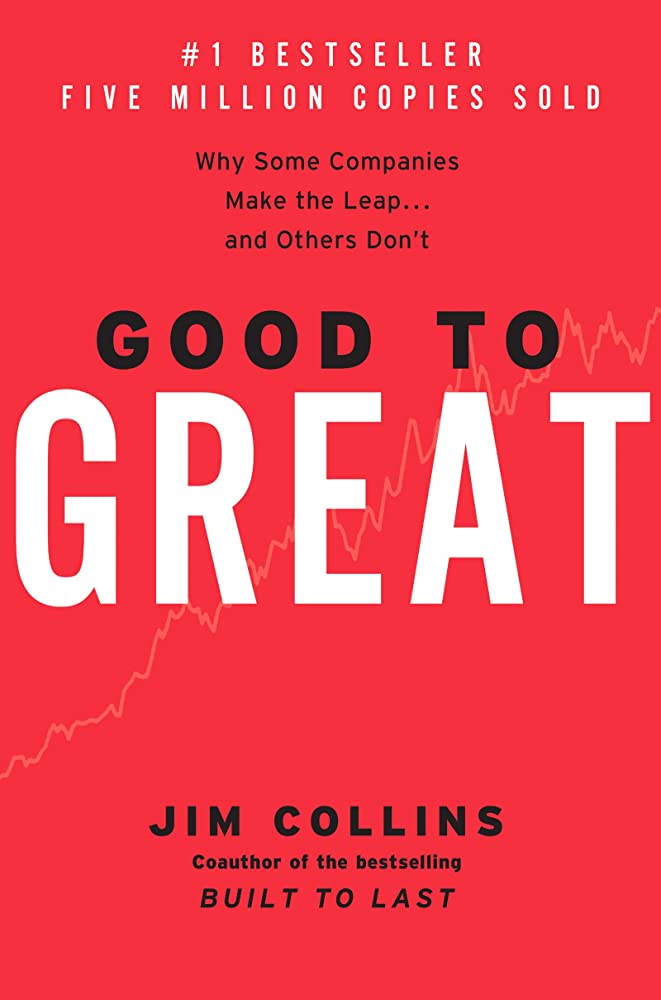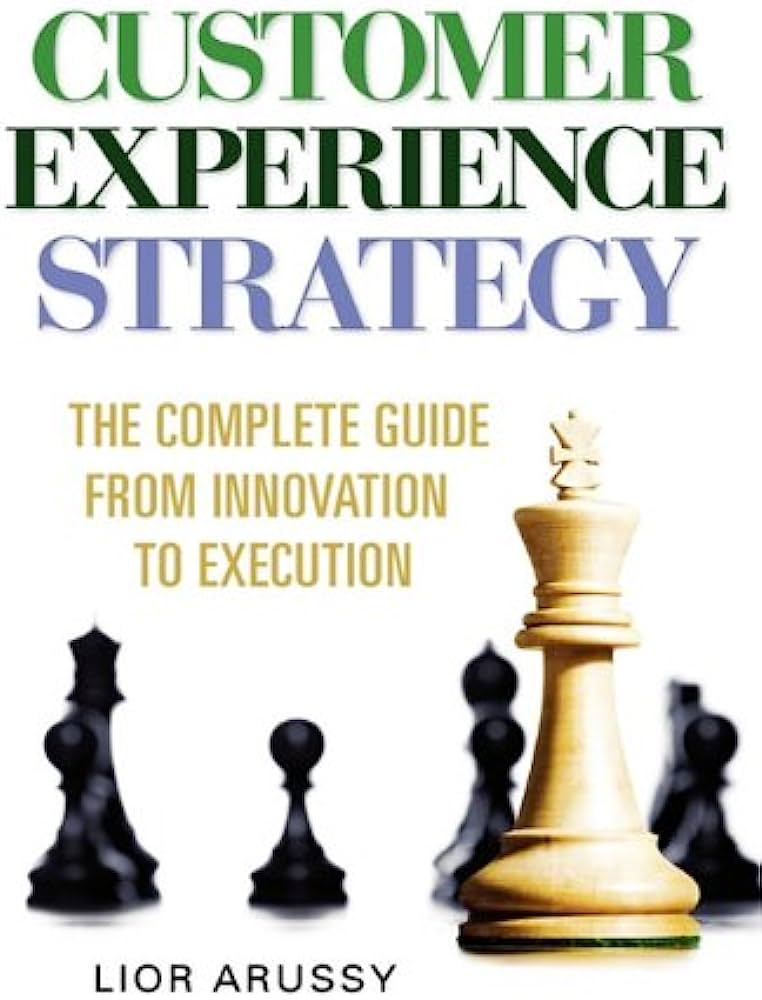Noise: A Flaw in Human Judgment
RATING


In the book “Noise: A Flaw in Human Judgment”, authors Daniel Kahneman, Olivier Sibony, and Cass Sunstein take a dive into how “noise” in our lives affects decision making. They focus on where it comes from and what you can do about it along with understanding why its impacts are so great. Kahneman is a noble prize winner and a professor at Princeton University. He received the Nobel prize in economics for his work on prospect theory. It is important to note that Kahneman is not in fact an economist by education, but rather a psychologist. This is clearly reflected throughout the topic and the book that he writes about here.
The book has a basic principle: noise, which in this case is defined as external factors which effect people resulting in inconsistent decision making is detrimental and can be found all over the place in all aspects of life. Thus, it is particularly important to be cognizant of the fact that as humans with emotions and irrational tendencies we need to be mindful of the noise in our decision-making practices with which we need to deal with on a daily basis. Kahneman and his co-authors focus on how studies have tended to have fundamental flaws due their lack of control for noise. They give great examples of case studies where decision making effected noise can be clearly seen. One such example was a study based on how Judges will give the same perpetrator different sentences based on the time of day during which they are sentencing, how happy they are at home and so on.
Once again, Kahneman and his co-authors have written a book on an interesting and highly applicable topic which affects our lives on a daily basis. They do a good job of providing a background for their work and supporting their thoughts throughout with compelling evidence an analysis.
While this book might be interesting if you’re new to the topic, it unfortunately falls short of our expectations based on Kahneman’s previous work which we have reviewed. While we appreciate the emphasis of having an evidence backed thesis, much of the book is focused on describing multiple experiments which prove that people are biased and don’t act rationally or make the right judgements all the time. The rest of the books is a discussion about the fact that that mood, weather and other factors create noise and effect our judgements. Unfortunately, for how in depth this book is, it really doesn’t provide many useful insights especially to those who have read Kahneman’s seminal piece: Thinking Fast and Slow.
“This compelling book shows how to connect the image you present to the outside world with the values and norms that operate inside your world of work.”
–Adam Grant, New York Times bestselling author of Originals and Give and Take
“Denise Lee Yohn hit a home run with her first book, What Great Brands Do. Now she’s written FUSION and it is just as provocative. Denise proves beyond a shadow of a doubt that great companies are powered by brand-culture fusion. I highly recommend this book!”
–Ken Blanchard, Coauthor, The New One Minute Manager®, Coeditor, Servant Leadership in Action
Internal culture + External brand = FUSION
For years, leaders at companies like Southwest, Starbucks, and Google have done something differently that’s put their organizations at the top of “the most admired companies,” “best brands,” and “great workplaces” lists. They don’t often talk about that “something” specifically in terms of brand-culture fusion, but, as author Denise Lee Yohn reveals, aligning and integrating their brands and cultures is precisely how they’ve achieved their successes.
Independently, brand and culture are powerful, unsung business drivers. But Denise shows that when you fuse the two together to create an interdependent and mutually reinforcing relationship between them, you create organizational power that isn’t possible by simply cultivating one or the other alone. Through detailed case studies from some of the world’s greatest companies (including Amazon, Airbnb, Adobe, Nike, and Salesforce), exclusive interviews with company executives, and insights from Denise’s 25+ years working with world-class brands, FUSION provides readers with a roadmap for increasing competitiveness, creating measurable value for customers and employees, and future-proofing their business.
This is a must-read for readers interested in workplace culture, brand management, strategy, leadership, employee experience, employee engagement, integration, branding, and organization development.
For anybody else genuinely curious about why and how people make the decision they do, reading Kahneman’s papers and books will provide you with a plethora of insights and groundbreaking thoughts which will help you garner a clearer understanding of human behavior and decision making.
See content on this topic

Understanding how leaders must evolve with relation to the evolution of business models, new management models, and the significant changes to the workforce with Digital Natives now making up more than 50% of the workforce globally.
Understand how to manage both internal and external digital transformation while considering the landscape for digital business models and the effect on traditional business models. Understanding organizational readiness for transformation and the role of corporate culture in managing transformations.
The changes in consumer behavior, employee behavior, and the evolution of business models in the digital age cause significant difficulties and imperatives for leaders who must develop new skills and evolve their leadership styles to be effective in this fast changing, challenging, and competitive environment.
Understanding how to design & manage change/transformation programs in organizations of different sizes. This course will help any size team or organization to better deal with change & transformation on any scale.




 Copy Link
Copy Link
 E-mail
E-mail
 LinkedIn
LinkedIn
 Facebook
Facebook
 Telegram
Telegram
 WhatsApp
WhatsApp


















 Go Back
Go Back
Leave a Reply
You must be logged in to post a comment.